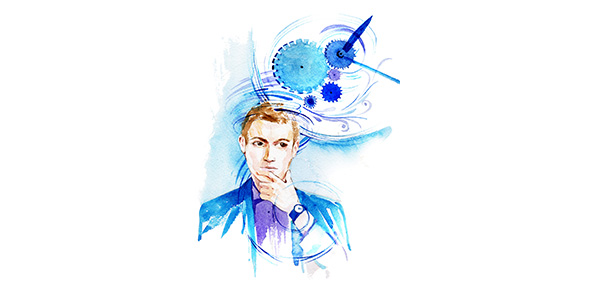Related Flashcards
Related Topics
Cards In This Set
| Front | Back |
|
A tiny spere (1/175 inch in diameter), largest cell in the human body
|
Ovum
|
|
Environmental agent that causes damage furing the prenatal period
|
Teratogen
|
|
The point at which the fetus can first survive; occurs between 22 and 26 weeks
|
Age of viability
|
|
Blood pressure increases sharply and the face, hands, and feet sweel in the last half of pregnancy
|
Toxemia (preeclampsia)
|
|
Used to assess the newborn's physical condition quickly
|
Apgar scale
|
|
Apgar Scale 7+
|
Infant in good physical condition
|
|
Apgar Scale 4-6
|
Baby needs assistance in establishing breathing and other vital signs
|
|
Apgar Scale 3 or below
|
Infant in serious danger and requires emergency medical attention
|
|
"head to tail", head develops first then lower parts of body
|
Cephalocaudal Trend
|
|
"near to far", center of body outward; head, chest, trunk first then extremeties
|
Proximodistal Trend
|
|
The gradual reduction in the strength of a response due to repetitive stimulation
|
Habituation
|
|
The copying of behaviors of another person
|
Imitation
|
|
How many sperm do males produce a day?
|
Over 300 million
|
|
Fertilization occurs...
|
When the sperm and ovum unite to form the new individual.
|
|
3 periods of prenatal development (first trimester)
|
Zygote, embryo, and fetus
|





